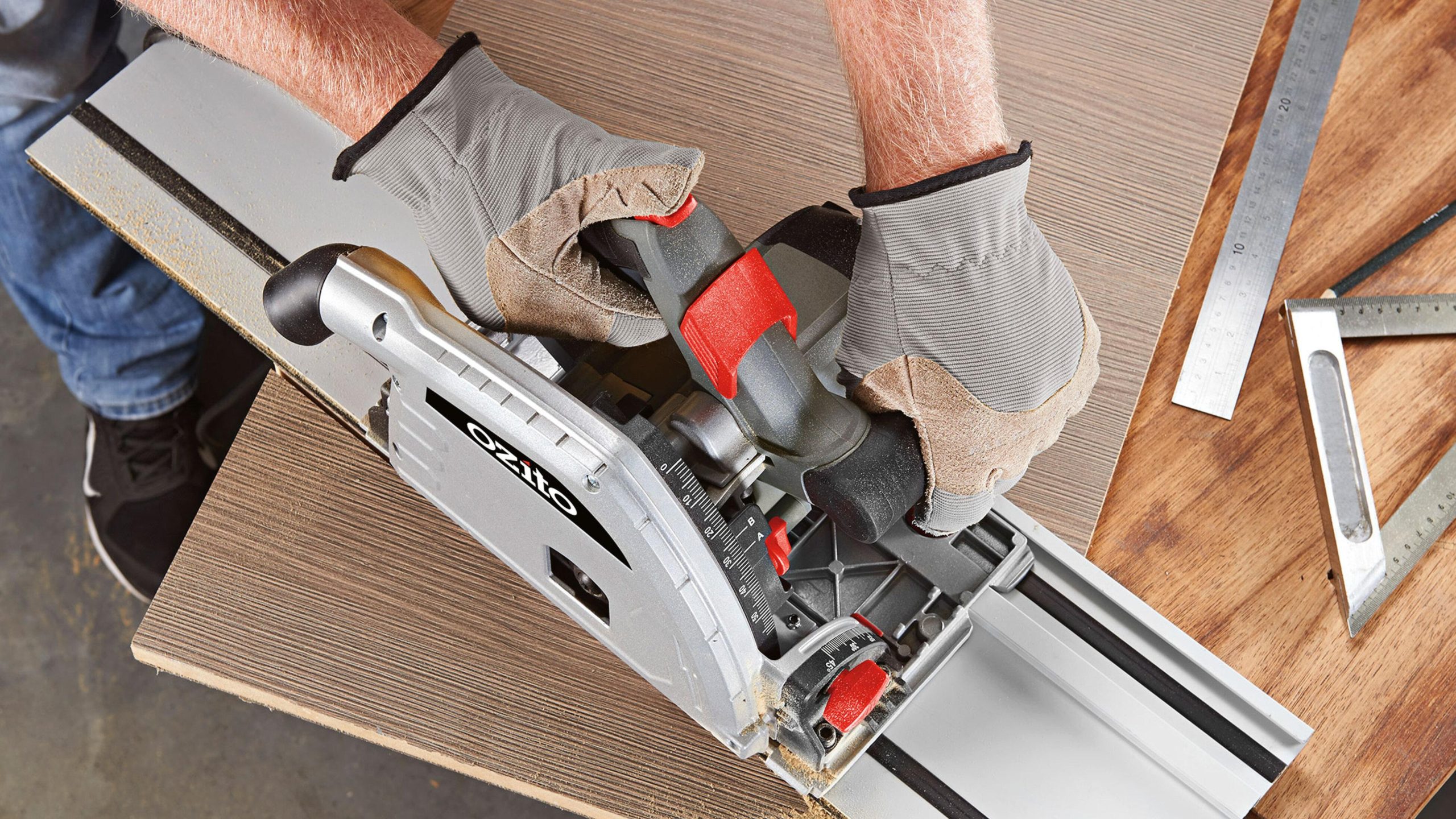The Most Versatile Saws for DIY: A Comprehensive Guide
Asenqua Tech is reader-supported. When you buy through links on our site, we may earn an affiliate commission.
Are you a DIY enthusiast looking to tackle various projects around your home? One of the essential tools you’ll need is a saw. However, with so many different types of saws available, it can be overwhelming to know which one is best suited for your specific needs. In this comprehensive guide, we will explore the most versatile saws for DIY projects, providing you with the knowledge to choose the right tool for your next undertaking.
Understanding the Types of Cuts
Before delving into the various saws, it’s important to understand the types of cuts saws can make. There are two primary types of cuts: cross-cut and rip cut. A cross-cut is made across the grain of the wood, while a rip cut is made with the grain. Additionally, there are miter cuts and bevel cuts. A miter cut is an angle cut made on the face of the wood, while a bevel cut is an angle cut made on the edge of the wood, altering its profile.
Hand Saws: Traditional and Reliable
Hand saws are the most basic and traditional type of saws, powered by the strength of your hands. These saws are versatile and can be used for a range of DIY projects.
1. Hand Saw and Miter Box
A hand saw and miter box combination is an excellent choice for beginners or those with limited space. The wood is placed in the miter box, and the hand saw slides through the predetermined slots in the box to make the desired cuts. This tool is ideal for cross-cuts and miter cuts, making it suitable for various DIY projects, such as furniture building, baseboard molding installation, and molding around windows and doors.
2. Hacksaw
A hacksaw is another type of hand saw characterized by its thin, fine-toothed blade mounted in a metal “C” shaped frame. This saw is primarily used for cross-cuts and is commonly employed for cutting small metal parts or metal pipes. It can also be used for cutting plastic pipes or wooden dowels.
Power Saws: Efficiency and Precision
Power saws are electrically powered saws that offer increased efficiency and precision compared to hand saws. Let’s explore some of the most versatile power saws for DIY projects.
1. Jig Saw
The jig saw is a versatile power saw equipped with an interchangeable blade that moves up and down, similar to a sewing machine needle. It is primarily used for making curved or irregular cuts, although it can also be employed for cross-cuts in a pinch. Jig saws are commonly used in DIY projects that require intricate cuts, such as cutting legs for furniture or shaping handles.
2. Circular Saw
The circular saw is a handheld power saw with a rotating interchangeable blade. It offers the flexibility to make cross-cuts, rip cuts, miter cuts, and bevel cuts. This tool is particularly useful for cutting plywood to size, making it a staple for DIY projects involving furniture building or cutting large sheets of material. To ensure accurate cuts, a square or crosscut jig can be used in conjunction with the circular saw.
3. Miter Saw
The miter saw, also known as a chop saw, combines features of a miter box and a circular saw. It is a stationary saw with a mounted blade that can be adjusted to make miter cuts, bevel cuts, or a combination of both. The miter saw is an excellent tool for making precise cross-cuts, miter cuts, and bevel cuts, making it indispensable for DIY projects such as furniture building, crown molding installation, and baseboard molding installation.
4. Table Saw
The table saw is a powerful tool for DIY enthusiasts, designed to make rip cuts with precision. Unlike the miter saw, the blade of the table saw is mounted below the table and can be raised, lowered, and tilted for bevel cuts. Wood is placed on the table and guided against an adjustable fence to make rip cuts. The table saw is particularly useful for ripping lumber and cutting small pieces of plywood or MDF.
Conclusion: Choosing the Right Saw for Your DIY Projects
In conclusion, when it comes to choosing the most versatile saws for DIY projects, it’s important to consider the specific cuts you need to make and the nature of your projects. Hand saws, such as the hand saw and miter box or hacksaw, are reliable and suitable for many basic DIY tasks. Power saws, including the jig saw, circular saw, miter saw, and table saw, offer increased efficiency and precision, making them ideal for more advanced projects.
Remember to prioritize safety when using any saw, and always follow the manufacturer’s instructions and safety guidelines. With the right saw in your toolbox, you’ll be well-equipped to tackle a wide range of DIY projects with confidence and precision. Happy sawing!

